Sometimes a washcloth makes its way into the drain and it’s difficult to remove. You might be wondering if Drano will dissolve the washcloth and make the problem go away.
Read on to find out the answer as well as other materials that Drano is capable of dissolving.
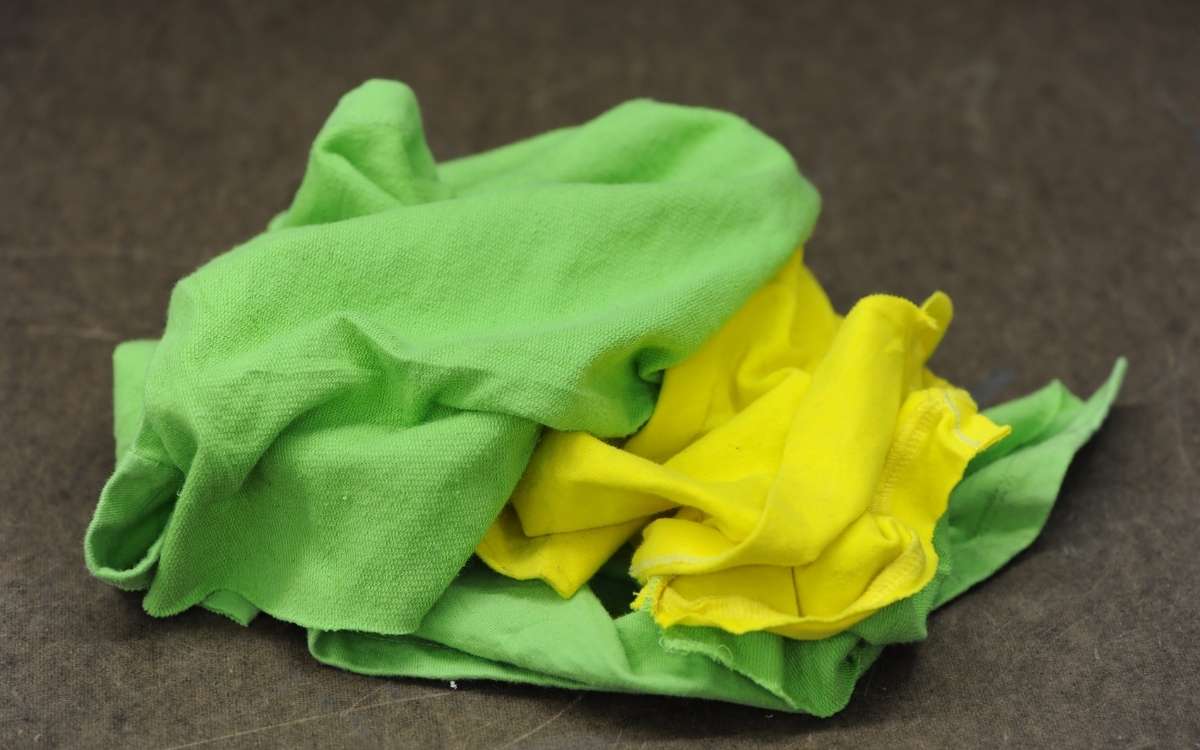
Table of Contents
Will Drano Dissolve a Washcloth?
The answer is maybe.
While that isn’t the most satisfactory answer, we can provide a few details that can help you understand what will happen when Drano comes in contact with a rag.
Drano is a caustic chemical and it will break down organic material. This means that if the washcloth is made of natural fibers like cotton, it will start to dissolve. However, if the washcloth is made of synthetic materials, Drano may have little to no effect.
Another thing to consider is the size and weight of the washcloth. If it is a small overused work rag that is wearing thin, it will likely dissolve much faster than a brand-new bath washcloth.
It will likely take a long time to fully dissolve a washcloth, no matter the material.
If you are patient enough to wait it out, eventually, the Drano will do its job and break down the washcloth.
Drano boasts its anti-corrosive additives, meaning that it won’t eat through your pipes while it’s dissolving the washcloth.
However, if the solution is left in your pipes for longer than recommended, it could start to break down the pipe itself, especially if the pipe is already corroded or weakened.
And if the Drano doesn’t dissolve the washcloth, then you’ll be left with a chemical mess to deal with, making the clog even worse.
So while Drano can technically dissolve a washcloth, it might not be the best solution for your clogged drain.
Sulfuric acid drain cleaner can more likely dissolve a washcloth but comes with its own risks.
This type of cleaner is more corrosive than Drano and will damage your pipes if used incorrectly.
It’s also more harmful to the skin and eyes, so proper protection must be worn when handling it.
If you decide to use Drano, be sure to follow the instructions on the back of the bottle and take proper safety precautions, such as keeping the area ventilated and making sure not to splash the product on yourself.
Don’t forget that this is a powerful chemical and should be used with caution.
What to Do if a Washcloth Goes Down the Drain?
If a washcloth goes down the drain, don’t start with Drano.
There are plenty of other methods you can try that may be easier, safer, and quicker.
Here are some of our top suggestions:
Use a Plunger
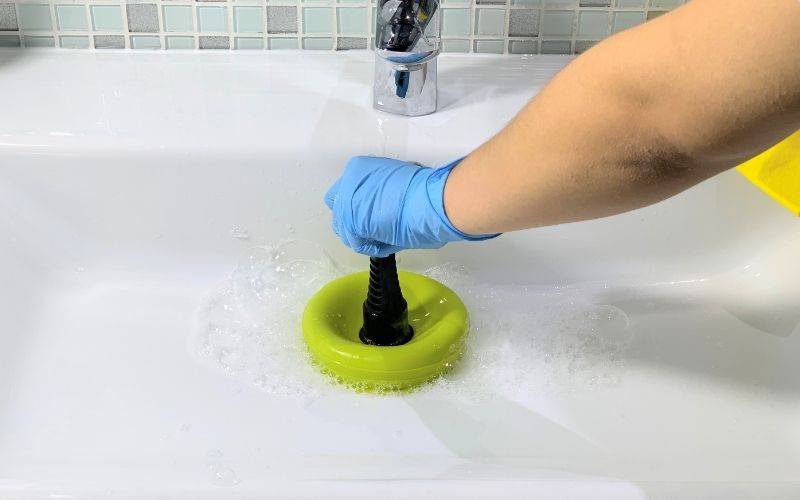
This should be your first course of action if you have a plunger. A plunger can help to dislodge a cloth clog in the drainpipe and get things moving again using suction.
Use a Hanger
If you don’t have a plunger or drain snake on hand, a hanger may be a good solution for pulling that washcloth out of your tub drain.
Take a wire hanger and unbend it so that you have a long, thin piece of metal.
Make sure that the hanger is straight with a hook at the end, and then lower it into the drain.
You may need to wiggle it around a bit to find the washcloth, but eventually, you should be able to hook onto a corner of the cloth and pull it up and out.
Use a Drain Snake

A drain snake, also known as a plumber’s snake or plastic drain hook tool, is specifically designed for fishing things out of drains.
It’s a long, flexible wire with a spiral-shaped end that can grab onto things like hair and cloth to pull them out of the drain.
Since it is narrow, it should be able to catch onto a fold of the washcloth and help you pull it out.
Try Boiling Water
It’s a good idea to avoid acidic chemical cleaners when trying to get a washcloth out of a bathroom sink, kitchen sink, or shower drain.
However, water may be able to do the trick by moving the fabric around and releasing some pressure.
Try boiling a pot of water and then carefully pouring it down the drain. The hot water can help to expand and move the fabric.
It may even pop up out of the drain if the clog isn’t too deep, and then you can remove it by hand.
This method isn’t as effective as physical extraction, but is free and safe to try!
Call a Professional
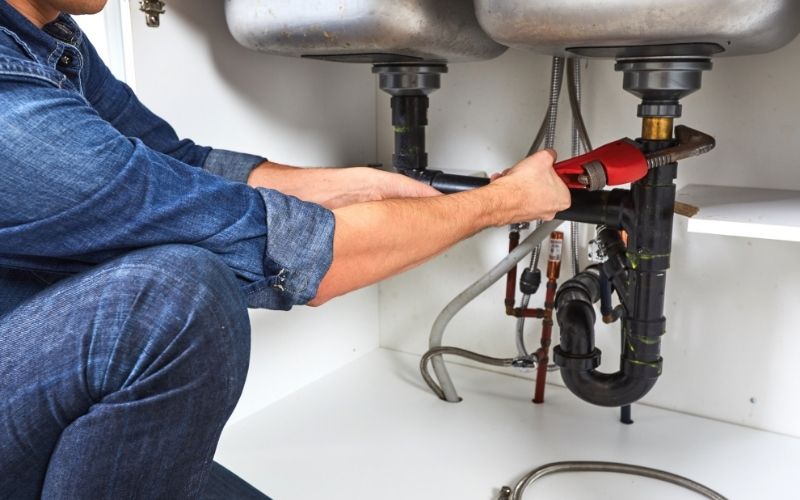
If you’ve tried all of the above methods and still can’t seem to get that washcloth out of your drain, it may be time to call a professional.
A plumber will have the proper tools and knowledge to safely remove the clog without damaging your pipes.
They will also be able to inspect the condition of your pipes and let you know if any damage needs to be repaired.
What Dissolves a Wash Cloth?
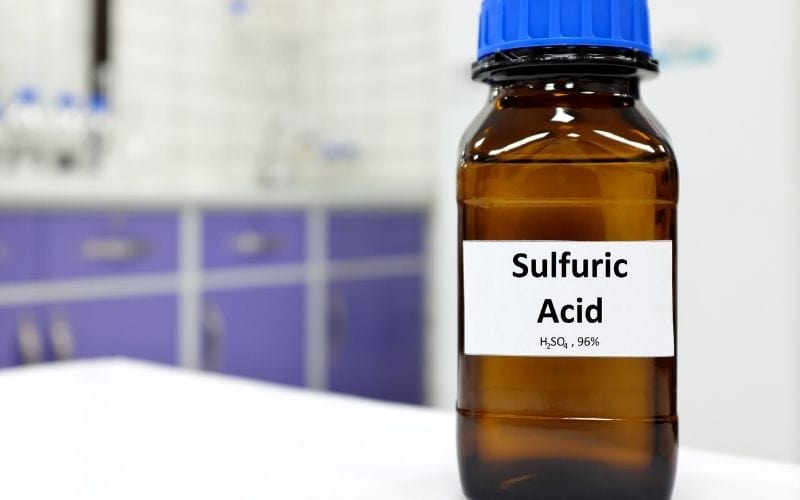
The most common alternative to using Drano to dissolve a washcloth is to use Sulfuric acid. This compound can quickly cut through rags, paper, pieces of food, and grease.
It shouldn’t be used on galvanized steel pipes, aluminum pipes, or stainless steel pipes. If it is, it will damage the pipe.
Sulfuric acid is also more corrosive than Drano and can cause serious burns. It should only be used as a last resort and with proper safety precautions in place.
How to Use Sulfuric Acid to Dissolve a Wash Cloth
To use this cleaner to dissolve nasty clogs, slowly pour 500 ml of sulfuric acid (half of a liter bottle) over the washcloth clog if it is severe. After one hour, test for drainage by applying water.
Continue applying sulfuric acid for another hour if the clog doesn’t seem to be cleared out. Add sulfuric acid as needed until the clog is removed.
It should be able to eliminate even severe clogs within 15 minutes with sulfuric acid.
Once the washcloth is dissolved, flush the drain with warm water from the tap for 5 to 15 minutes.
What Will Drano Dissolve?
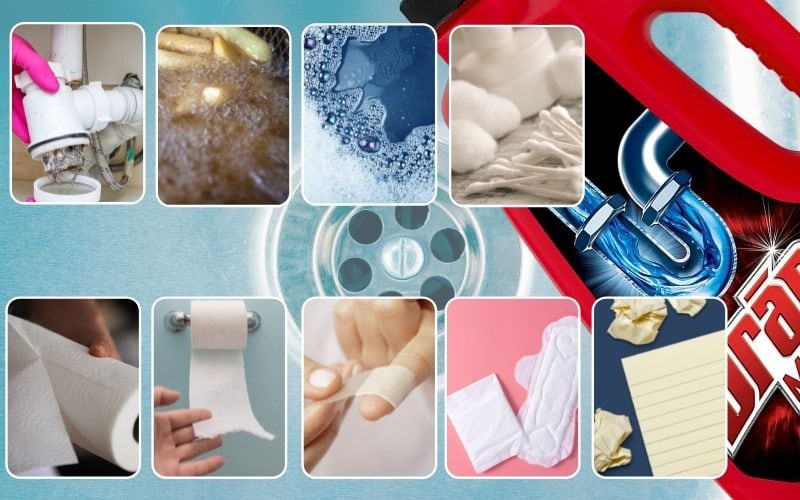
Drano is a drain cleaner that contains multiple corrosive chemicals, including lye.
This means that it is pretty powerful and can get rid of many common materials that build up in your drains and plumbing.
Here are some of the most common substances that Drano can fully dissolve:
Hair
Hair is one of the main culprits of clogged drains. It can quickly build up and cause a blockage.
Drano can eat through the hair and clear the drain quickly. The company even makes a specific formula that is designed to target hair clogs.
Grease and Fat
Cooking grease and fat can quickly build up in your drains and cause problems. If you have a lot of grease buildup, Drano can help to clear it out. It breaks down the grease into small pieces that can easily wash away.
Soap Scum
Soap scum is a common problem in showers and bathroom sinks. It’s the build-up of soap residue and minerals that can make your drains slow.
Drano can quickly break down soap scum so that it washes away easily the next time you use your sink or shower.
Cotton Balls and Q-Tips
Cotton balls and Q-tips are often used to clean up makeup and other products. However, they can quickly build up in your drains and cause clogs.
Drano can dissolve both of these materials quickly.
Paper Towels
Paper towels are another common cause of clogged drains. They can absorb a lot of water and expand, causing them to get stuck.
Drano will be able to break down paper towels and clear the drain.
Toilet Paper
If toilet paper has made its way into your bathtub drain or kitchen sink drain, it may cause a clog.
Drano can easily dissolve toilet paper so that it washes away easily.
(It’s important to note that you should not use Drano in the toilet, however.)
Band-Aids
Band-aids can fall off in the shower and go down the bathtub drain. They can quickly build up and cause a clog.
Drano will be able to dissolve band-aids quickly.
Sanitary Items
Sanitary items, such as tampons and pads, can cause clogs in your drains. Drano will be able to dissolve smaller items, such as tampons.
However, pads may not dissolve as easily.
Paper
Perhaps you’re in an interesting position where your young toddler has decided to stuff paper down the sink. Drano will be able to dissolve the paper and clear the drain.
Papers of all types, such as construction paper and printer paper, can be dissolved by Drano.
Can Drano Dissolve Plastic?
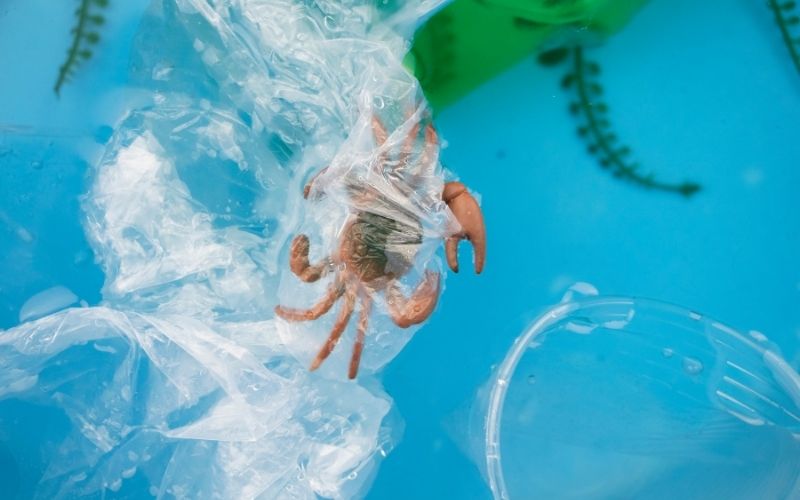
Although Drano is a strong chemical, it cannot dissolve plastic. So, if you have PVC pipes, you won’t have to worry about them being dissolved or corroded with regular use by following the instructions.
If small pieces of plastic, such as plastic films, have gotten trapped in your pipes and drains, Drano may be able to eat through them.
However, it’s always best to remove the plastic manually if possible to avoid any damage to your pipes.
Other acidic chemical cleaners have ingredients that may be able to break down some plastics, but it’s always best to check the label before using any product on your pipes.
Other products could possibly damage either plastic or metal pipes.
Final Thoughts
Washcloths are always used around sinks and bathtubs, so one is bound to eventually make its way down the drain.
Although Drano can break down a washcloth over time, it will be simpler, easier, and safer to try to remove it with a tool such as a plunger or a plumber’s snake.
Contact a professional to clear your drain or unclog your pipes when in doubt. They will be able to do it in a way that doesn’t damage your pipes or septic system.


I’ve put a liquid drain opener in a drain system using cpvc 2″ drain pipe and it melted right through the pipe after about 5-10 minutes. Was mostly hair stuck in the p-trap wich I’m sure caused some of the heat. But you can’t do anything once you put it in except run water and it’s thicker so its already in the p-trap and it won’t usually help. So, kitchen sinks using cpvc, bathroom sinks, or bathtubs. Showers should be using pvc, unless it’s a trailer or manufactored home. If it’s totally clogged I wouldn’t use it, unless it’s cast iron pipe.
But pvc.schedule -40 I’ve never seen it melt. Yet.. anyway..But if it doesn’t clear it. Now you have to get it unclogged with a the acid still in the pipes and possibly the sink or tub etc.
Hi David, what did you end up using to clear the clog? Or did you have to replace the pipe and therefore the clog went with it?